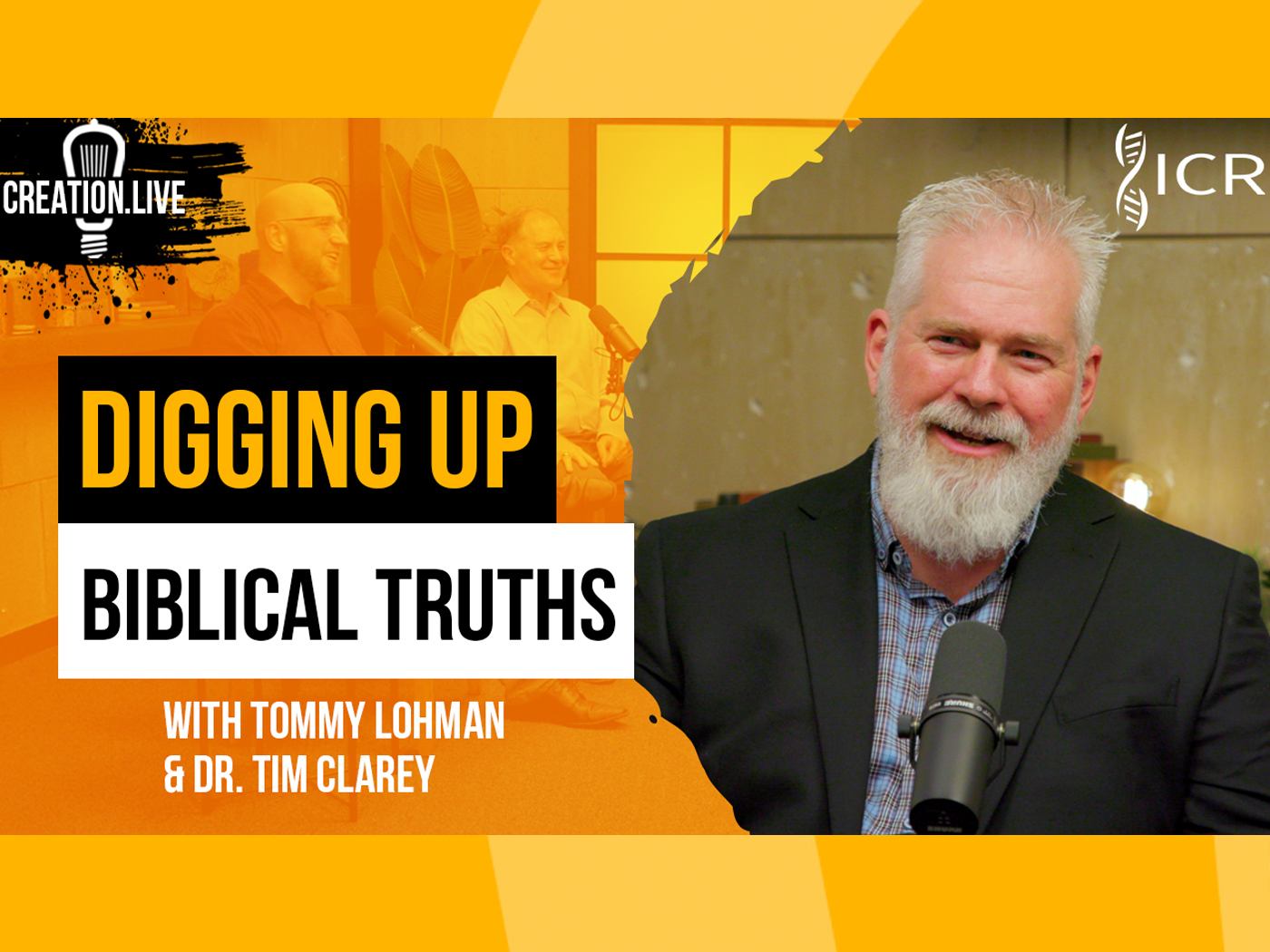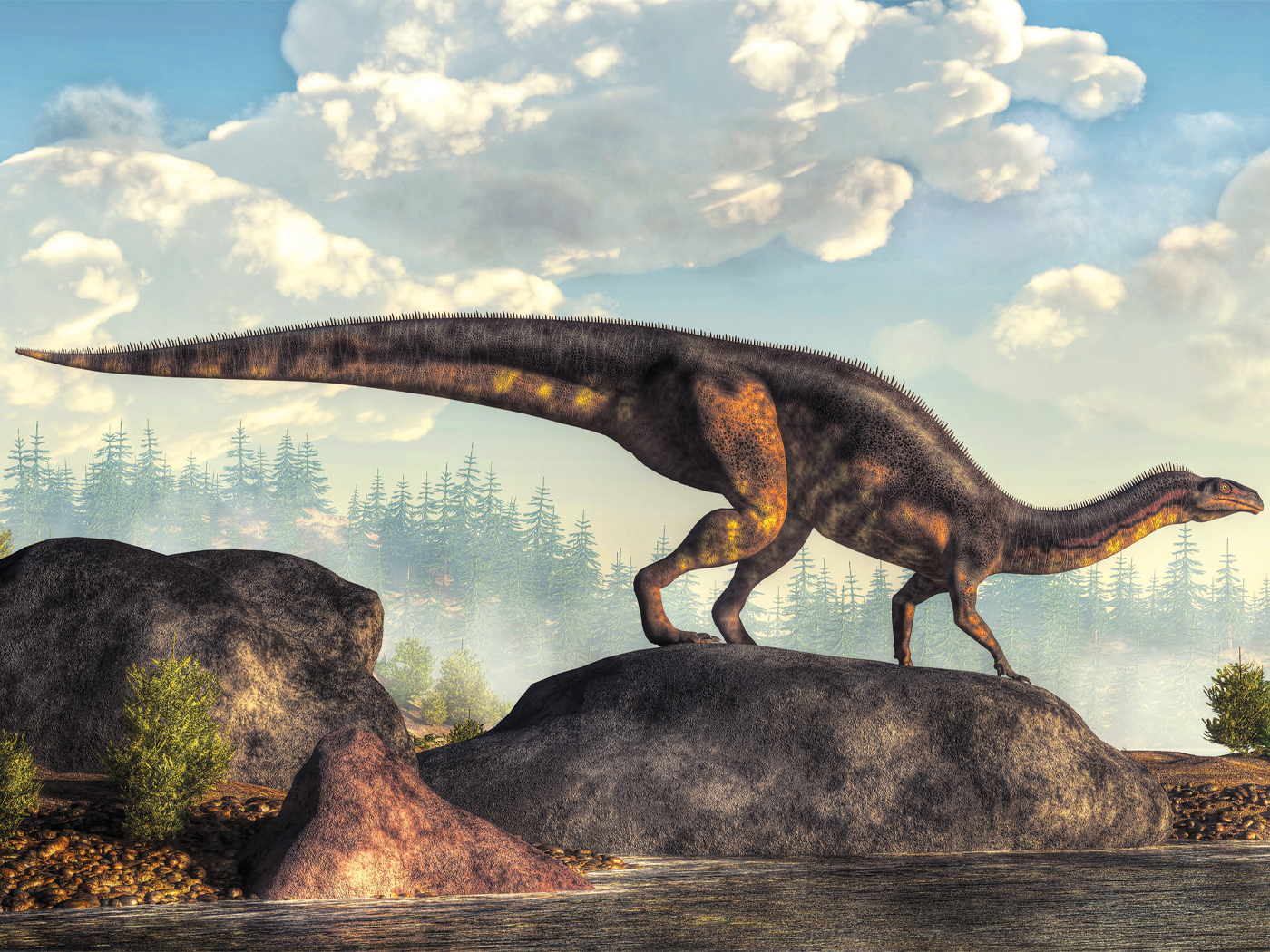The evolutionary story is one of constant change. It proposes that simpler life forms evolved into complicated organisms whose offspring branched out in ever more diverse directions. But the modern forms of some creatures are so similar to their ancestors’ fossils that it is clear they haven’t changed much at all. If some species diversified, why didn’t others?
In a recent study, Michael Alfaro and colleagues took a close look at groups of animals that “diverged” over the course of “geologic time,” compared to those animals that stayed the same. His team analyzed diversity among animal groups through the fossil record, publishing their research online in the Proceedings of the National Academy of Sciences.1
Some Cretaceous and especially Cenozoic strata contain an abrupt increase in the number of different mammal species, an event sometimes called the mammalian explosion. Alfaro began his investigation under the assumption that this profusion of mammal fossils represented their evolutionary “divergence” into various forms. Then, assuming the standard deep timescales assigned to rock layers, his team put numbers to the presumed evolutionary acceleration, concluding that mammals evolved seven times faster than expected during this time. But in the same period, other animals like tuataras (a lizard-like reptile) did not evolve at all.
Why did some animals have so much change so quickly, while others had almost none? In a University of California, Los Angeles press release, Alfaro stated:
That is one of the big mysteries about biodiversity….Why these evolutionary losers are still around is a very hard thing to explain. They have been drawing inside straights for hundreds of millions of years. It’s a real mystery to biologists how there can be any tuataras, given their low rate of speciation.2
After a few hundred million years of evolutionary existence, some kind of changes should be found. In fact, after all that time, there ought to be a record of dramatic, sequential changes to the tuatara form if natural selection of beneficial mutations were actually responsible for generating the diversity of life observed on earth.
The persistence of the unchanged tuatara form in the fossil record indicates that the massive timescales attached to the various rock strata must be in error. But rather than allow this evidence to challenge his assumption of deep time, Alfaro suggested that there must be some unknown naturalistic mechanism of preservation that counteracted the Darwinian naturalistic mechanism of change. Thus, for some unknown reason, tuataras, alligators, and crocodiles—but not mammals or birds—were almost miraculously preserved.
The research also contradicted the standard reasons given for the superior numbers of mammals, birds, and fish. Alfaro stated that “the timing of the rate increases [from this study] does not correspond to the appearance of key characteristics that have been invoked to explain the evolutionary success of these groups, such as hair on mammals or mammals’ well-coordinated chewing ability or feathers on birds.” In other words, the animals did not diversify because of their supposed evolutionary advantages. Alfaro concluded, “We need to look for new explanations.”2
The accepted evolutionary scenario for biodiversity is unraveling. One alternative explanation without such contradictory baggage is that macroevolution was not, in fact, responsible for generating new animal kinds. Rather, each kind of animal was intentionally created with the potential for limited variation in response to environmental pressures.
Tuataras look the same today as their fossilized predecessors, not because some unknown natural magic force preserved their body form for hundreds of millions years, but because they were created a few thousand years ago as representatives of a distinct kind.
References
- Alfaro, M. E. et al. Nine exceptional radiations plus high turnover explain species diversity in jawed vertebrates. Proceedings of the National Academy of Sciences. Published online before print July 24, 2009.
- Wolper, S. Naming evolution’s winners and losers: Mammals, birds show rich species diversity; alligators not so much. UCLA press release, July 28, 2009.
* Mr. Thomas is Science Writer at the Institute for Creation Research.
Article posted August 12, 2009.

















